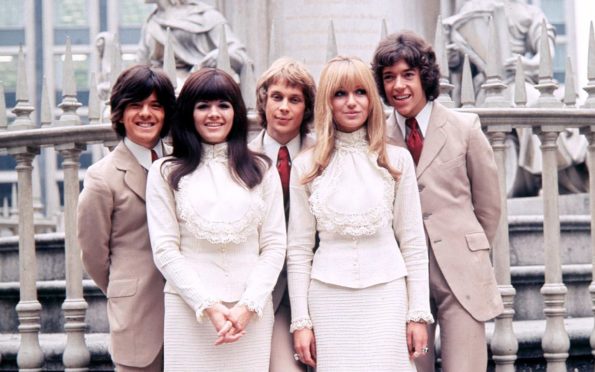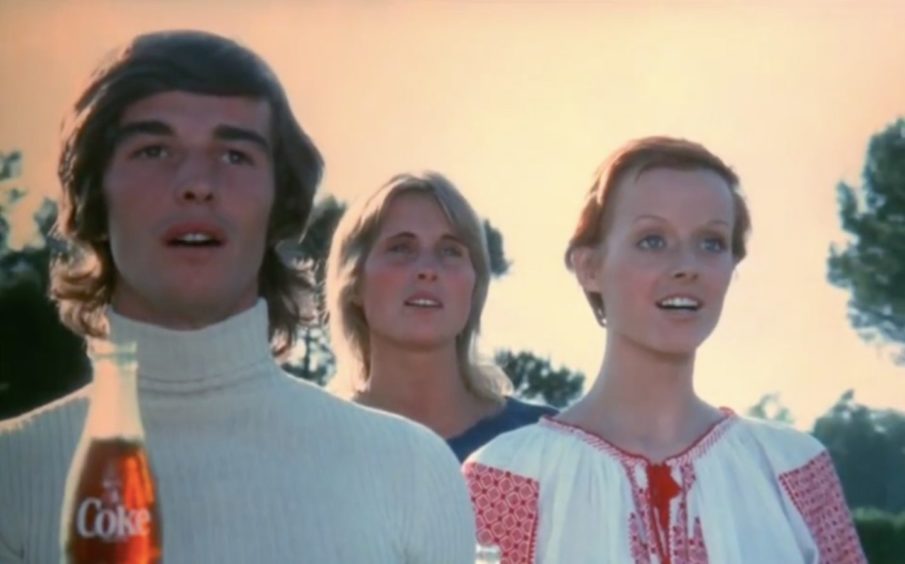
New Seekers star Eve Graham has revealed her most famous hit only had a Scots twang because she couldn’t sing the words like an American.
The singer, 77, sang the Coca-Cola radio jingle I’d Like to Teach the World to Sing (In Perfect Harmony), which shot to No 1 in the charts in 1971 after the group recorded it as a single.
The singer, from Auchterarder in Perthshire, said that while many pop stars adopted a US accent she couldn’t because she can only pronounce the word “world” like a Scot. She said: “It wasn’t that [I wanted to sound Scottish], I couldn’t sing the word ‘world’.
“I can’t do ‘world’ and my biggest hit’s got ‘world’ in the title. That’s why it comes out like that, because it’s the most impossible word to try and sing without a Scots accent.”
Graham co-founded The New Seekers in 1969. She sang on a string of top 10 hits and sold more than 25 million records worldwide. Interviewed on Jackie Bird’s Top of the Scots series on Radio Scotland, Graham said the band was in New York working on an album when they were asked to record a variety of jingles for Coca-Cola.
The radio jingle was later rerecorded by a group of American session musicians for a TV ad campaign as “I’d like to buy the world a Coke”. It was so successful that the session group The Hillside Singers and The New Seekers both released full-length versions without reference to the soft drink as singles.
The New Seekers’ version became a global hit, and stayed at number one in the UK for four weeks. The song also earned The New Seekers a coveted Grammy nomination, but Graham said she recorded so many jingles she couldn’t even remember performing her most famous tune for the first time.
Graham said: “We went into the studio and did about a dozen jingles. We did the 60 second commercials, the 30 second commercials, 15 second commercials of about a dozen different jingles. What I do know is that after that, when people talked about it, I could not remember actually doing Teach The World. It was just one of several jingles.”

She told how they only recorded the single version as an afterthought because the Coca-Cola advert was so popular, adding: “As soon as they started to broadcast it on radio they were getting calls asking ‘what is this song?’ At that stage it was only a minute long, as it was just a commercial.
“The producer, Dave McKay – who was our producer through all the hits – said ‘do you think we should try and make a record of this, because another group has put it together and issued it because it is so popular’.
“So we went back into the studio – we were still in New York at the time, where we’d done the commercials – did the full-length version of the song, and it just shot straight up the charts.”

Enjoy the convenience of having The Sunday Post delivered as a digital ePaper straight to your smartphone, tablet or computer.
Subscribe for only £5.49 a month and enjoy all the benefits of the printed paper as a digital replica.
Subscribe